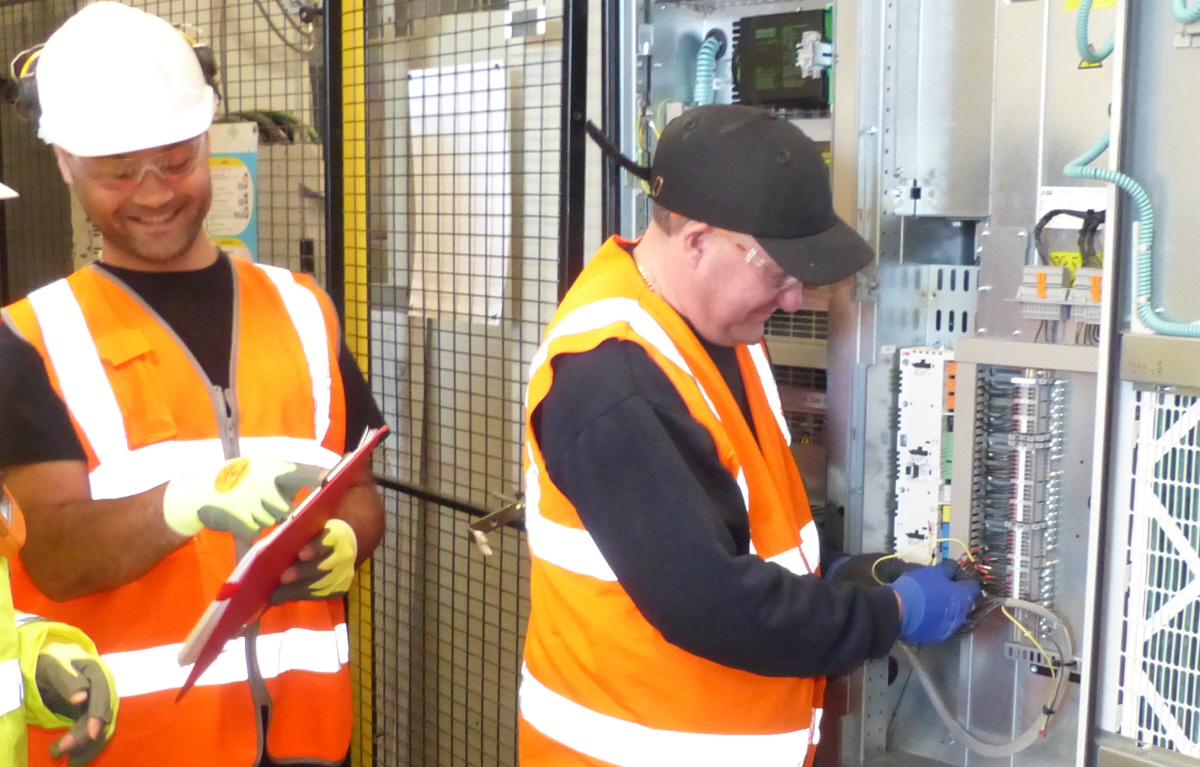The 3 Most Common Faults on Inverters and how to Fix Them
At IDS we have a wealth of inverter experience. We have been an ABB Partner for over 20 years and are used to supporting clients with a variety of inverter-controlled applications. In this article we look at the 3 most common faults on inverters and how to fix them:
1. Overvoltage and Undervoltage
Overvoltage
This is caused by a high intermediate circuit DC voltage. This can arise from high inertia loads decelerating too quickly, the motor turns into a generator and increases the inverter’s DC voltage. There are other causes of DC overvoltage, however.
POSSIBLE FIXES:
- Turn the overvoltage controller is on.
- Check supply voltage for constant or transient high voltage.
- Check the operation of brake chopper and resistor
- Increase deceleration time.
- Use the “coast to stop” function whenever possible.
- Fit frequency converter with brake chopper and brake resistor.
- Replace with a regenerative drive.
Undervoltage
This is caused by low intermediate circuit DC voltage. This can be caused by a missing supply voltage phase from a blown fuse or faulty isolator or contactor or internal rectifier bridge fault or simply low mains voltage.
POSSIBLE FIXES:
- Check mains supply and fuses.
- Check operation of isolator and contactor.
- Check incoming voltage, this may be too low.
2. Earth Fault
This is detected by an imbalance of the currents supplying the motor implying a leakage current to earth is present. This is usually caused by poor insulation resistance to earth.
POSSIBLE FIXES:
- Check insulation resistance of the motor and cabling.
- Check that there are no power factor correction capacitors or surge absorbers in the motor cable circuit.
- Cable length. A long cable can produce an earth fault due to the capacitance of the cable.
3. Overcurrent
This occurs when the motor is taking too much current with reference to the value in Group 99, motor data.
POSSIBLE FIXES:
- Check that motor’s load is not excessive.
- Check acceleration time – too fast an acceleration of a high inertia load will cause too much current to flow.
- Test motor and motor cable.
- Check that motor is connected for the correct voltage.
- Check the motor’s rotation is correct.
- Check that the motor’s nameplate data is exactly correct in Group 99.
The 3 Most Common Faults on Inverters and how to Fix Them
We hope you found the information in this article useful if you have a fault not listed and you need technical assistance contact our engineering team by emailing your enquiry to [email protected]
If you are an existing client, you can take advantage of our 24/7 technical support by calling us on 0115 944 1036 anytime!

